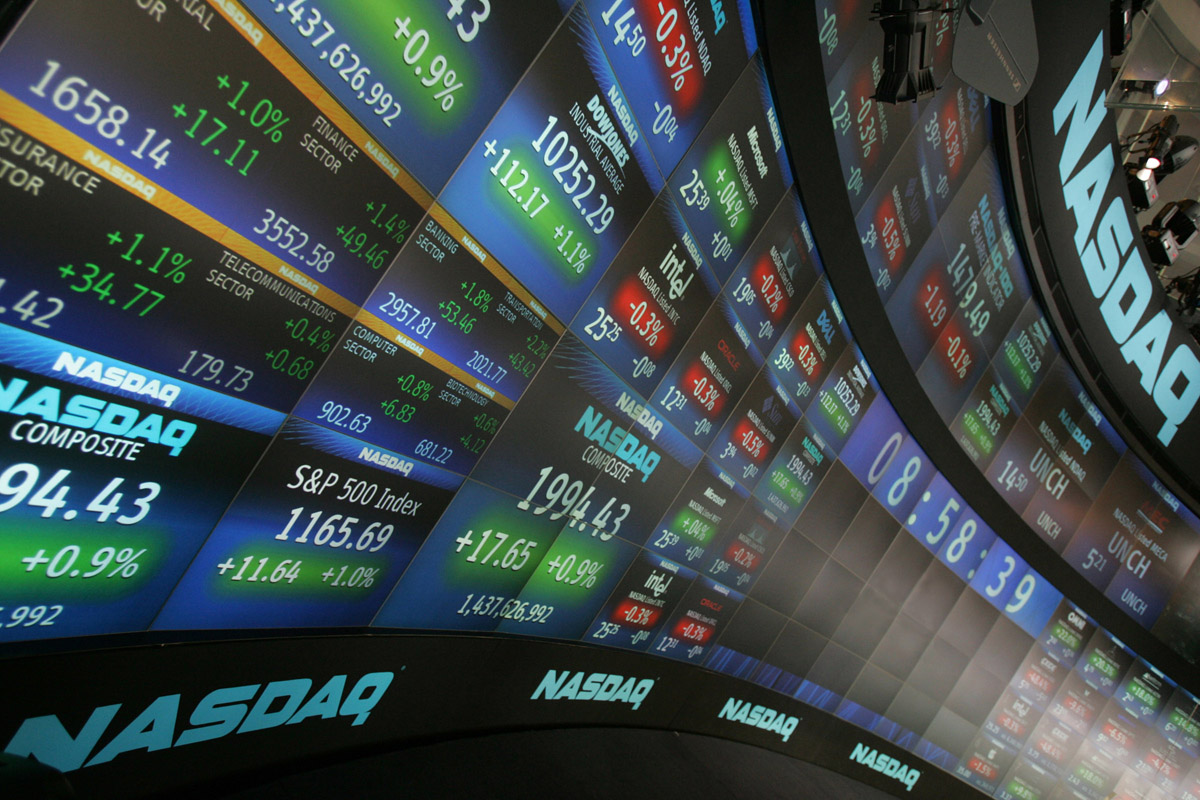Week in Review
The US Department of Commence posted an important parameter last Friday demonstrating that the US economy expanded at its quickest rate during the second quarter of 2013 since early 2012. On a particularly positive note, as all the key trading sectors, which contributed to this key indicator, registered growth; this result bodes well for the rest of this year. In fact, the predicted Gross Domestic Product was revised higher to an annualized value of 4.6% from its prior 4.2%. The primary catalysts behind this stronger-than-expected performance were robust export growth and a significant increase in business expenditure.
Prominent analysts summarized this event by advising that it definitely supports the viewpoint that the US economic recovery is now firing on all cylinders and that the prospects for the latter part of this year are decidedly bullish. Another publication revealed that US consumer sentiment had risen during September to post its highest levels in almost 14 months. Investors were clearly delighted by these numbers which encouraged them to increase their risk appetite propelling stock prices back upwards. The US Dollar also fared well by remaining near four year highs against a basketful of other major currencies.
However, the picture is not totally rosy as the strong US economy and currency are beginning to create new problems. Essentially, if this trend continues to proceed in this manner, then the US Federal Reserve could be provided with enough justification to commence hiking its benchmark interest rates quicker than previously advised. The anticipation of such an event has already driven a primary US Dollar index upwards against other major currencies by over 7% since late June. The stock crash experienced last Thursday was principally caused by escalating concerns about the impact of the strengthening greenback on future corporate earnings.
What to Expect This Week
The following global economic data will be published over the coming days.
Europe will kick-off Monday by presenting a key Sentiment and Confidence Indicator which is forecasted to remain fixed at -11.4 despite recent new ECB policies. Later, the USA will declare its Pending Home Sales for August with -0.4% the current favored outcome. Japan will then announce its Household Spending result for August which should extend its declines for another month by printing minus 3.5%. Great Britain will complete the session by issuing a primary Consumer Confidence index for September which is expected to drift lower this time around.
China will launch Tuesday by releasing its final Manufacturing PMI for September which should remain supportive of growth. The United Kingdom will then publish a major House Price Index for September and its GDP for the second quarter of this year. The former should register growth of 0.5% while the latter should remain unchanged at 0.8%. Next, the Eurozone will release its Consumer Price Index for September and its Unemployment Rate for August. The first indicator could record its lowest value since the middle of 2009 by falling to 0.3% while the second should remain steady at 11.5%. Canada will subsequently disclose its Gross Domestic Product for July. Although moderate growth of 0.2% is advised, this result could well be disappointing.
On Wednesday, Australia will reveal its Retail Sales for August which should come in at 0.4%. The Eurozone will next present its Final Manufacturing PMI for September which should produce an unchanged result of 50.5. Great Britain will then announce its equivalent indicator which should inch upwards from 52.5 to 52.7. Later in the day, the USA will declare a key Private Labor Report for September which could provide valuable insights into the release of the vital US non-Farm Payroll figure on Friday. Expert consensus predicts that 206k new posts were created last month.
The European Central Bank will proclaim its Interest Rate Decision and Future Guidance Polices on Thursday accompanied by a Press conference. As rates should remain fixed, investors will focus their attention on Draghi’s subsequent speech for any clues about additional quantitative easing.
The Eurozone will also commence Friday by posting its Final Services PMI for September which should remain unchanged at 52.8. The UK will then issue its own Services PMI for September and another print above 60 is on the cards. The Eurozone will then post its Retail Sales for August which is forecasted to recover from July’s decline of 0.4%. Finally, the USA will declare its eagerly awaited labor report for September. Will the Non-Farm Payroll rebound from last month’s dismal showing of 142k.





